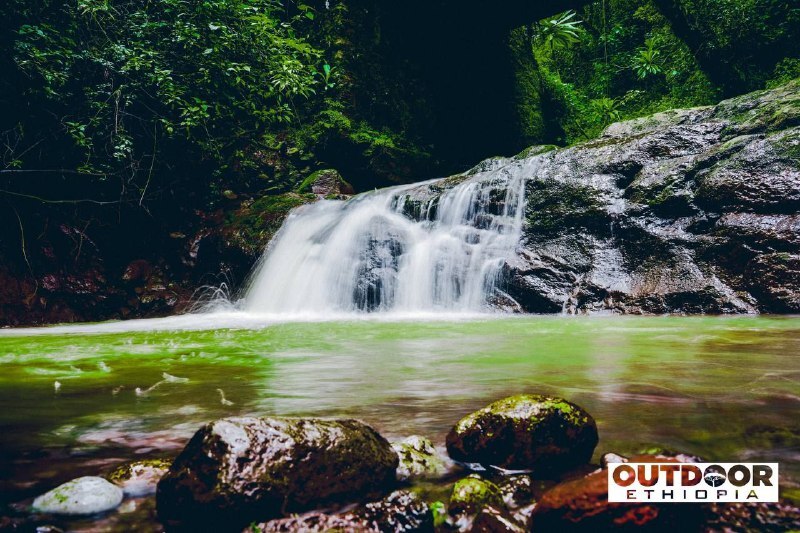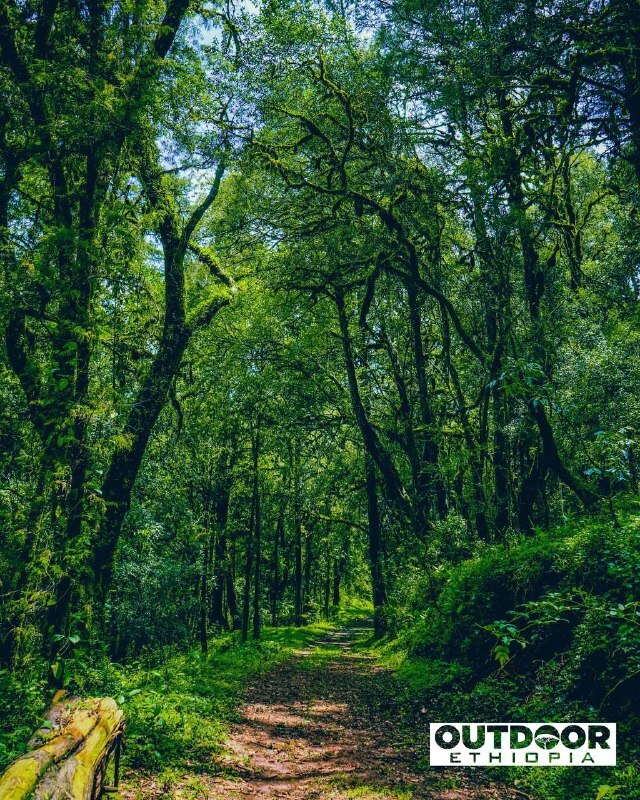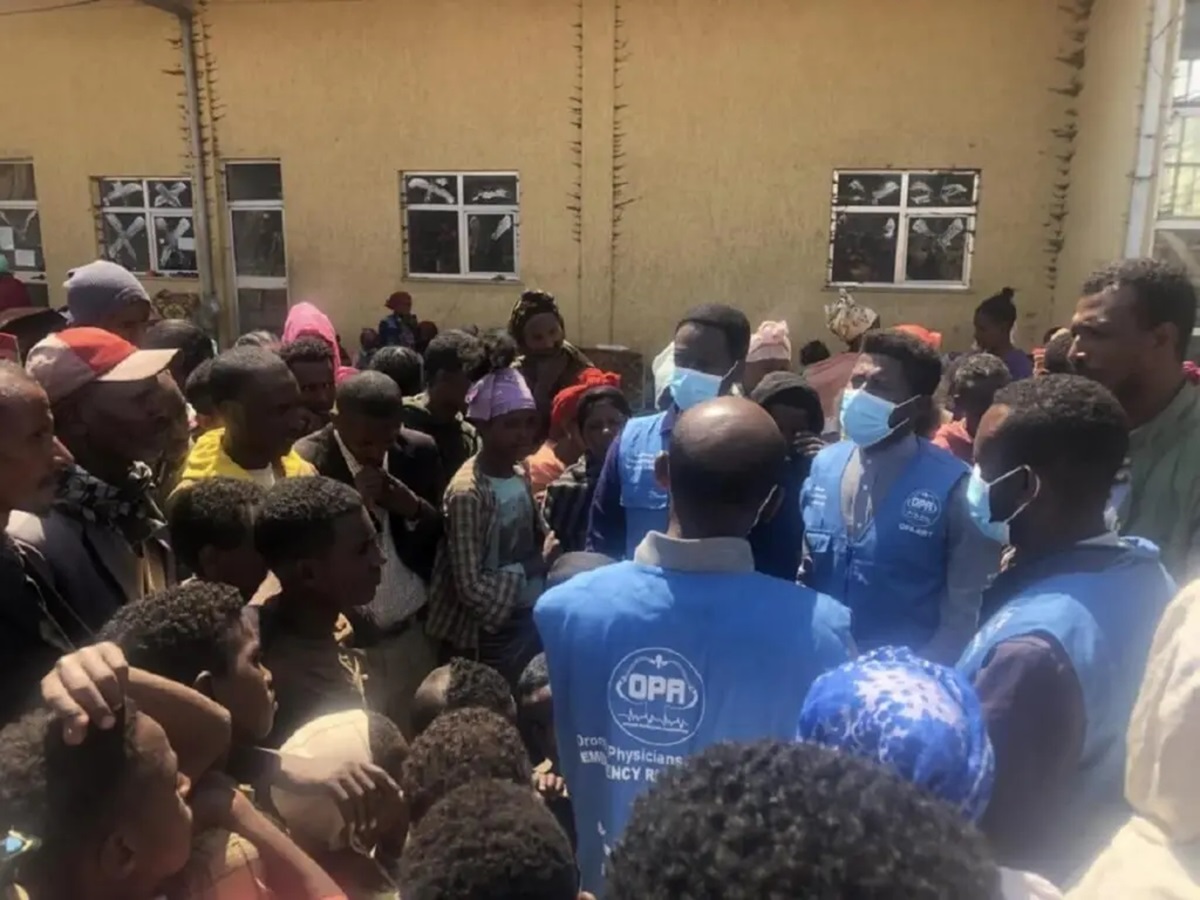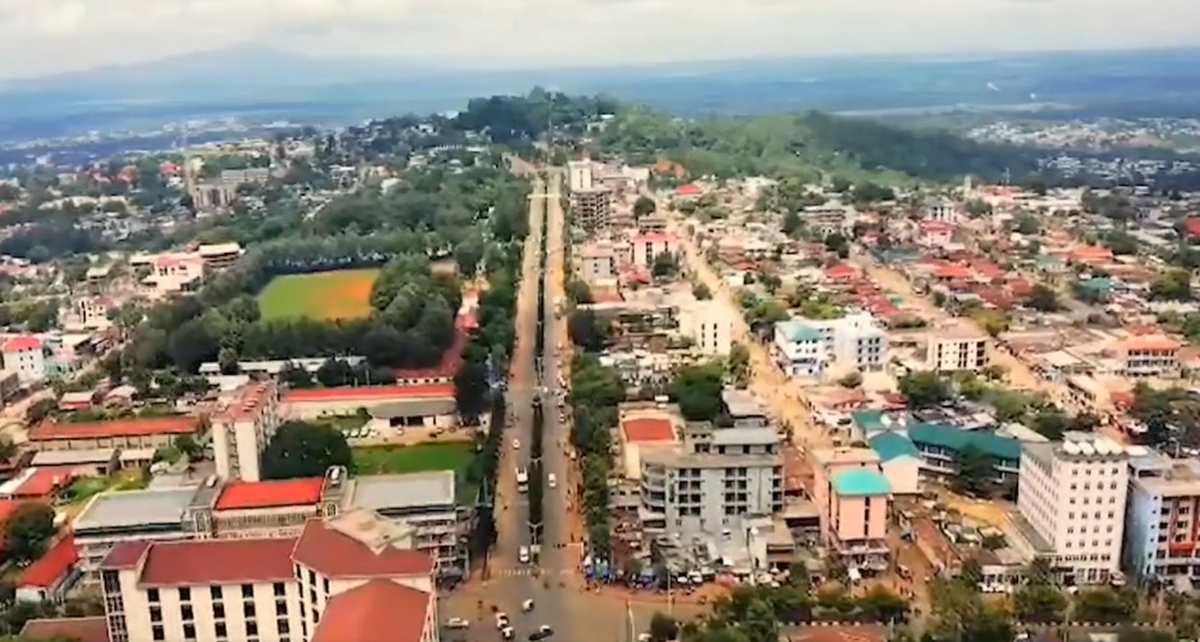
By Etenesh Abera @EteneshAb
Addis Abeba, August 16/2021 – Named after the Oromo tribe that inhabit the area, Suba-Menagesha Forest serves as the perfect weekend getaway for hikers and visitors from the nearby capital of Addis Ababa. The forest, consisting of both natural and planted sections, covers an area of 9,248 hectares of the Oromia region Finfinnee Special Zone’s Sebeta-Hawas and Welmera Woredas. We were joined by Dame Regasa, a guide working at the park, who started off his explanation by telling us a legend about how the forest dates back to the reign of Emperor Zera-Yacob.
Dame went on to give us some facts and figures about Suba. The forest, he said, is composed of three categories of plants: softwood plants, eucalyptus plants, and indigenous plants making up a total of 167 species of which 4 are indigenous. The forest is also home to more than 180 species of birds out of which 4 are endemic to Ethiopia and 32 different species of mammals with 3 endemic ones. The first ever tree nursery was also established in Suba Forest years ago, while the first wood splitters were installed in the park in 1908.

We saw that there are different activities visitors and hikers enjoy in the forest. Walking through the forest, hiking, game-viewing and museum visits are what people come to the forest for. On that particular morning, we walked through old, towering trees on beautiful paths covered with weeds and grass and flowers, through small valleys with singing streams and up hills playing host to seasonal waterfalls. It was all so quaint.
Despite its attractions, Suba-Menagesha has been struggling lately. Dame, who has been a tour guide for the last five years, says that awareness creation regarding how the local community can earn livelihoods through the forest needs to be undertaken. “Before the coronavirus outbreak, we had foreign visitors but currently we only have domestic visitors, which is still good for the development of domestic tourism.” He added that the host community would be significantly financially supported if traditional food and beverages were provided to visitors close to the forest. AS







